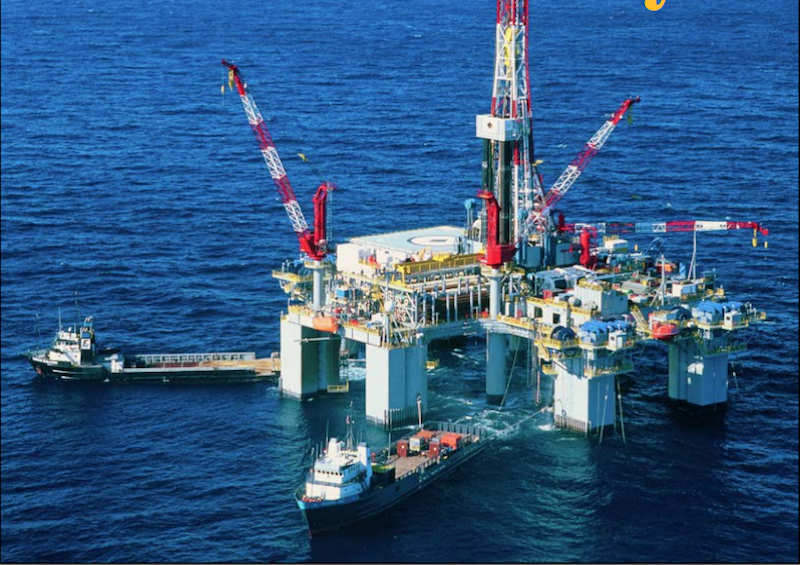The Energy Transition Outlook 2018 report from DNV GL, the Høvik, Norway-based classification society, says that over the next three decades, the world’s energy system will become substantially cleaner, more affordable, and more reliable.
DNV sees big changes emanating from advances in energy efficiency.
"Driven by pervasive electrification, especially of transport and by ongoing efficiency gains in other sectors, linked in many instances to digitalization, we expect energy intensity (energy use per unit GDP) to decrease more quickly than the global economy will grow in the long run," DNV GL Group President and CEO Remi Eriksen wrote in the study's foreword. "The net result of that will be a peaking of energy demand worldwide in the 2030s. An energy market becoming smaller in less than two decades from now makes the quest for efficiency so much more strategic and urgent.
"In 2017, we forecast a leveling off in global final demand after 2030," Eriksen wrote. "This year our forecast points more towards a peaking of demand at a slightly higher level than last year, and, from 2032, a noticeable decline in demand to 2050."
Highlights of the DNV study:
- The world will need less energy from the 2030s onwards owing to rapid energy efficiency gains; we forecast that primary energy supply will peak in 2032.
- The world’s energy system will decarbonize, with the 2050 primary energy mix split equally between fossil and non-fossil sources.
- Oil demand will peak in the 2020s and natural gas will take over as the biggest energy source in 2026. Existing fields will deplete at a faster rate than the decrease in oil demand. New oilfields will be required through to 2040.
- Electricity consumption will more than double by midcentury to meet 45% of world energy demand, and solar PV and wind energy will supply more than two thirds of that electricity.
- The energy transition is affordable. As a proportion of world GDP, expenditure on energy will be lower in 2050 than today. Big shifts in investments are expected: more capex will go into grids and renewables than into fossil projects from 2029 onwards.
- The rapid transition we forecast will not be sufficient to achieve the less than 2°C climate goal. A combination of more energy efficiency, more renewables and more carbon capture and storage (CCS) is needed to meet the ambitions of the Paris Agreement.
The study also said:
- Oil and coal currently supply 29% and 28%, respectively, of global energy supply.
- Oil will peak in the 2020s, and gas will pass oil in 2026 to become the largest energy source.
- The fossil share of the global primary energy supply will decline from its current 81% down to 50% in 2050.
- Solar and wind will increase rapidly through the forecasting period, representing 16% and 12%, respectively, of the world primary energy supply in 2050.




